Chinese New Year, or sometimes called Spring Festival officially arrives in two weeks. Already you can see decorations and buzz of where to eat for Chinese New Years! Shops are festively decorated in red and gold! Growing up in Vancouver it was all about family gatherings and of course, receiving lucky red pockets (Lai See) filled with money! Now, that I am older, I to appreciate Chinese New Year traditions more. Why do people celebrate Chinese New Year? What happens during this 15 day celebration?
Chinese New Year Traditions
Cleaning: Preceding Chinese New Year, I often remember my parents busy cleaning around the house. Indeed cleaning before the New Year is a tradition in Chinese culture. Tidying up the place in to remove the "old" in anticipation to welcome "new" luck and the New Year!
Purchasing: After cleaning, Chinese people likes to go shopping for new clothes. These new items are worn on the 1st day of Chinese New Year! It is auspicious to wear anything red or gold! The color red symbolizes prosperity, luck and happiness.
What do you wear for Lunar New Year without looking like a walking Red Envelope? Option to pair your festival outfit with a few red accessories or a hero piece.
Remove Ad-Block to view items
What To Eat On Chinese Lunar New Year
Food: What can I say, Chinese people love to eat. It is a culture that surrounds itself we good food. And celebrations often revolve around this where family and friends gather for a feast!
New Year's Eve Dinner: New Year's Eve Dinner aka "Reunion Dinner" is the most important dinner for the Chinese. Often is it for family reunion, especially those away from home.
New Year's Day Dinner: New Year's Day Dinner is another very important meal of the year. It symbolizes a time when families join together to mark the opening of the New Year "together".
Both meals are often very large and scrumptious. There are lots of meat, fish, chicken and all kinds of vegetables. All with homonyms for "luck", "surpluses", "wealth", "luscious" -- 年年有魚(餘) -- let there be surpluses every year!
The number of dishes is also very important. The number is always even, a symbol 'whole', 'complete', and 'good pair'. Always six, eight or ten and never use a four! Four sounds like death.
Dumplings: This is most popular in Northern China. It symbolizes gold ingots 金元宝 to bring in wealth and treasures. Another reason is because dumplings have stuffings indie with all sorts of auspicious ingredients.
New Year Cake: This sweet cake is made with glutinous rice flour together with some sugar. The Chinese pronunciation of the Nian Gao has a homophonous meaning of ‘increasingly prosperous year after year’, which gives people new hope. We like pan frying this.
Rice Dumpling Desserts (Tang Yuan): These small balls made with glutinous rice flour symbolizes reunion. The rice dumpling itself can be either filled or unfilled with other sweet ingredients like black sesame past. Often served in a sweet dessert soup.
Fish: Fish is an indispensable dish at dinner. This auspicious dish is always served whole - leaving head to tail symbolize completeness and ongoing luck!
Noodles: Longevity noodles are served uncut and used for well wishes of long life. They are also often eaten on birthdays! I love a good stir fried noodle carb dish at the end!
Tray of Togetherness: This candy and snack tray includes all sorts of sweet treats to entertain guests. Common components of the box includes candied lotus roots, seeds, candied dried winter melons, coconut flakes or fried snacks. The goodies are traditionally served in an ornate lacquer box with multiple compartments for each treat.
Buddha’s Delight: Buddha’s Delight 罗汉斋 is vegetarian dish popular in many banquet dinners. The ingredients used are all symbols of good luck: "fat choy"
Mandarin Oranges or Tangerines: These fruits are usually displayed prominently in homes during Chinese New Year. Their Chinese pronunciations sounds like gold and their bright orange resembles mounds of gold - ushering in good fortune. I just personally like them for their citrus sweet taste!
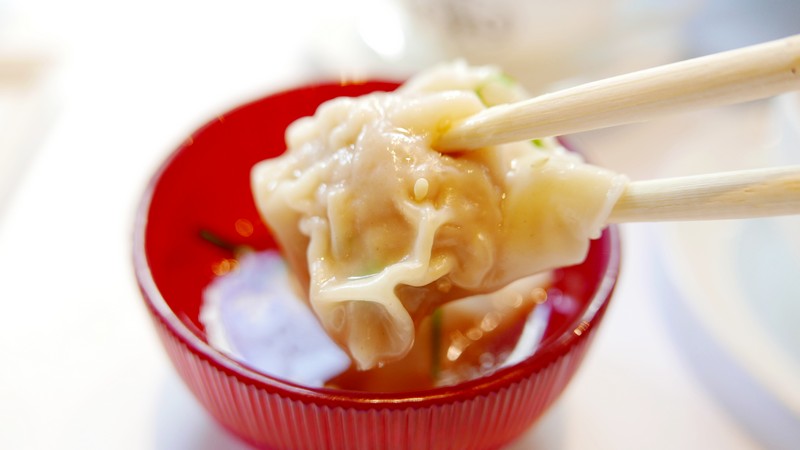


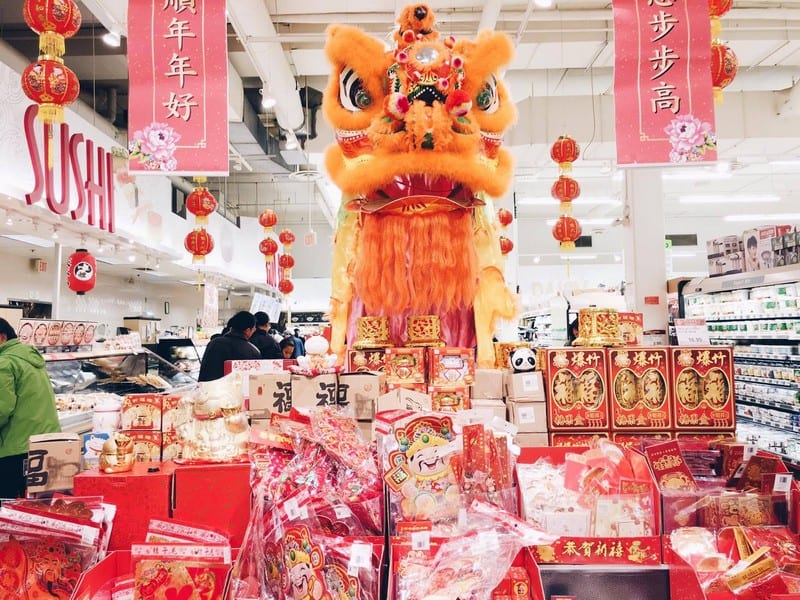

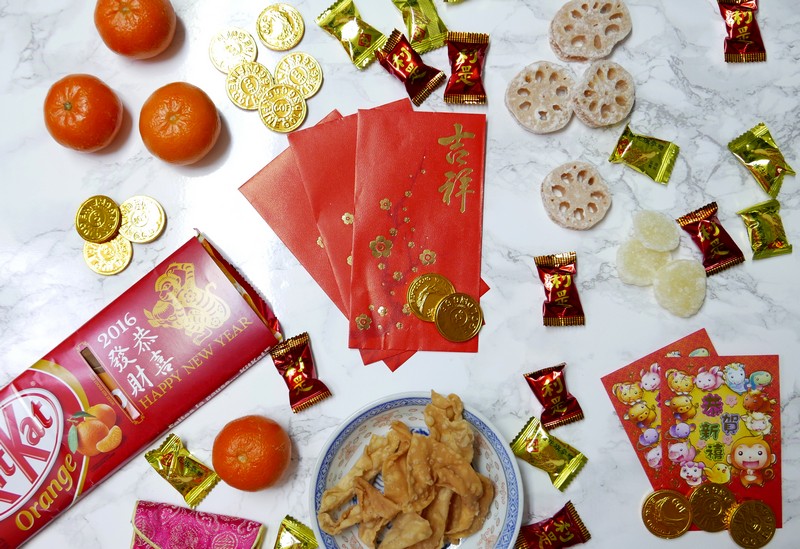
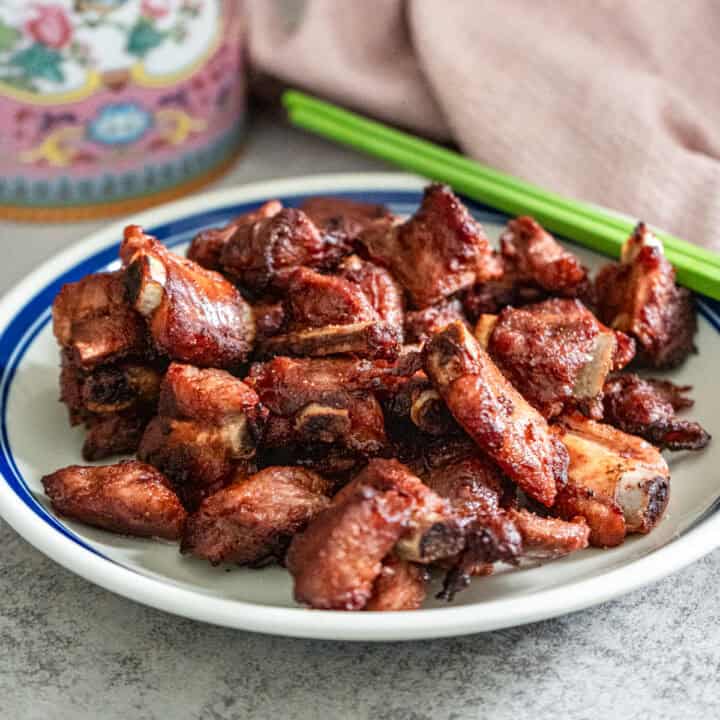
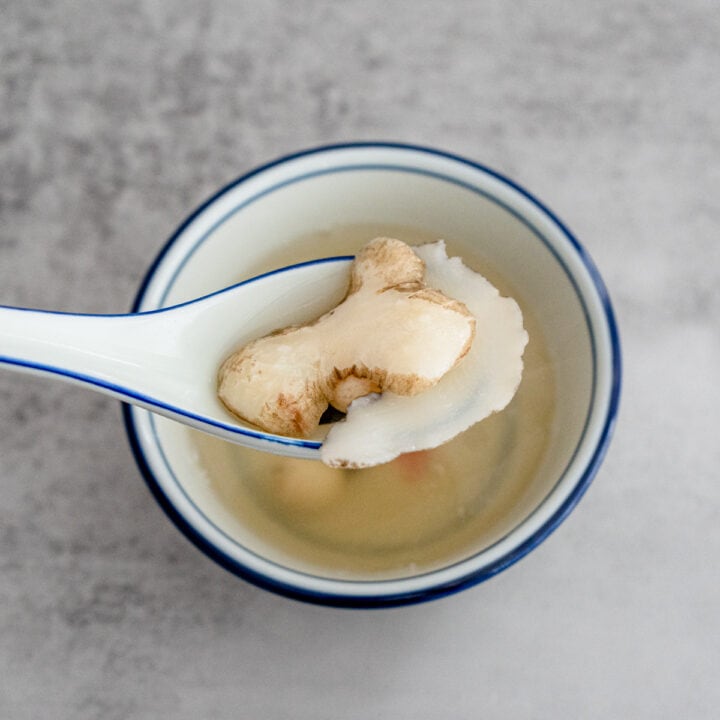
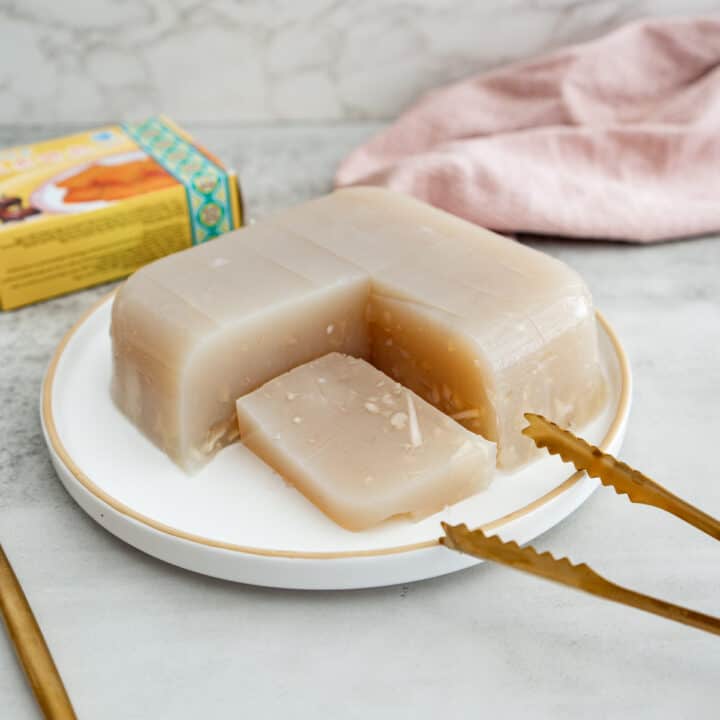
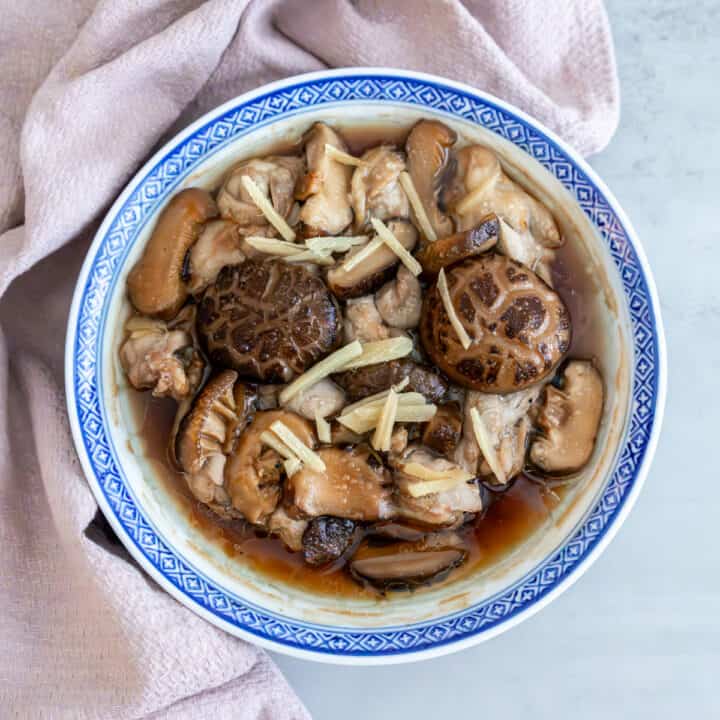
Comment Below